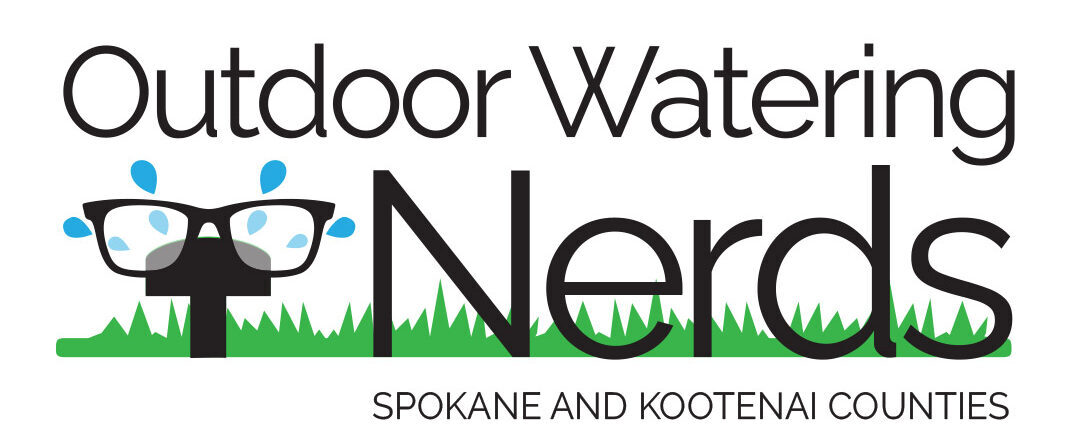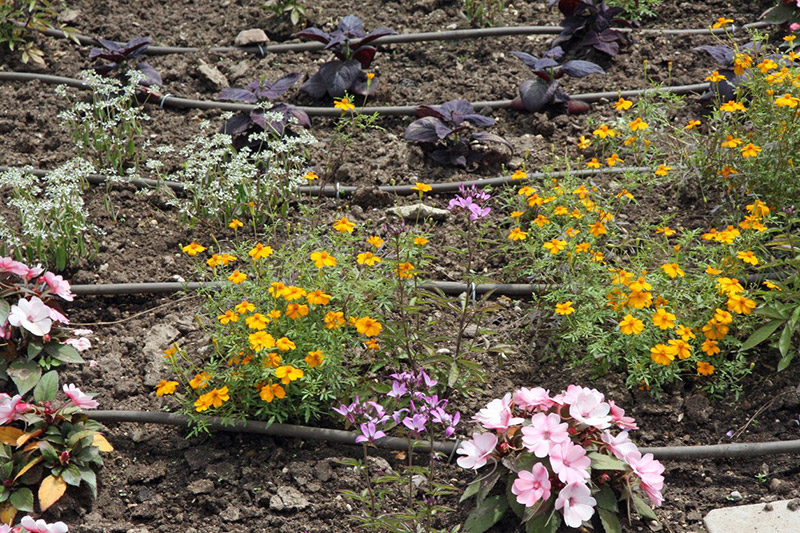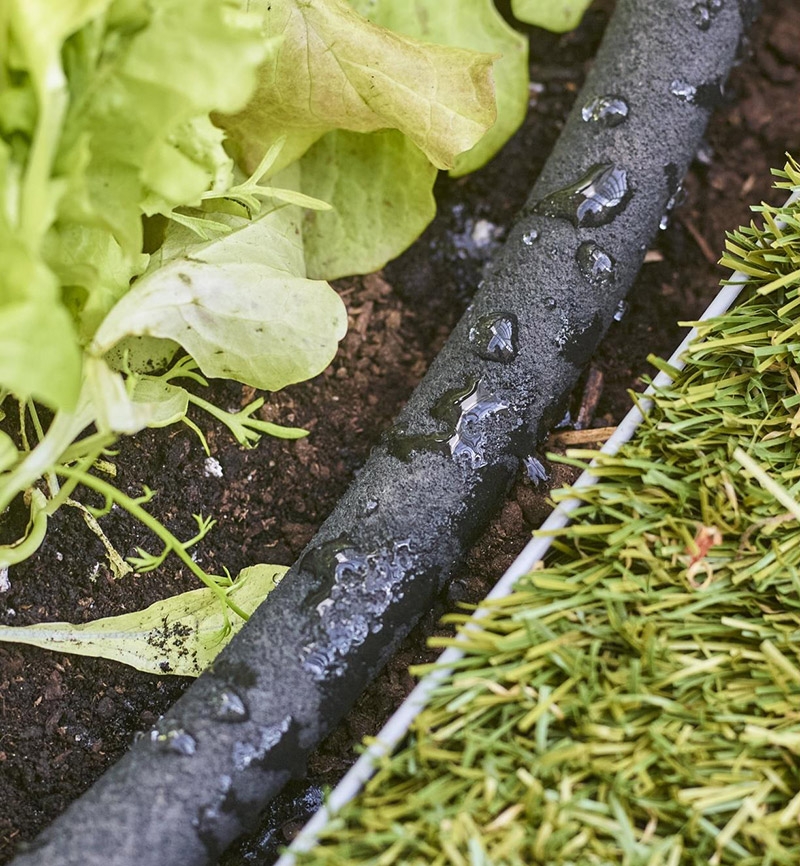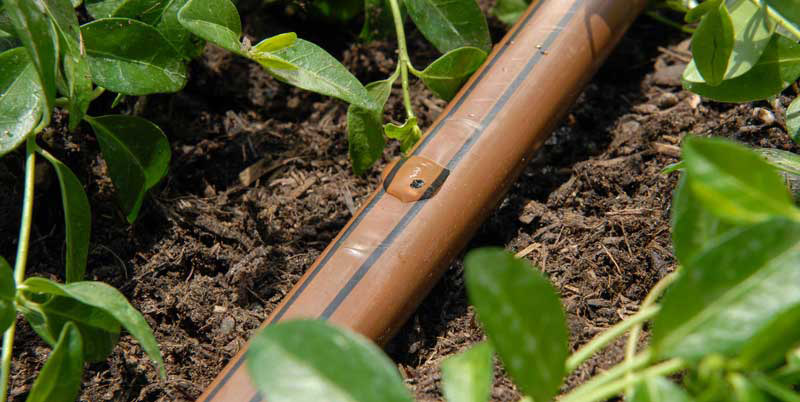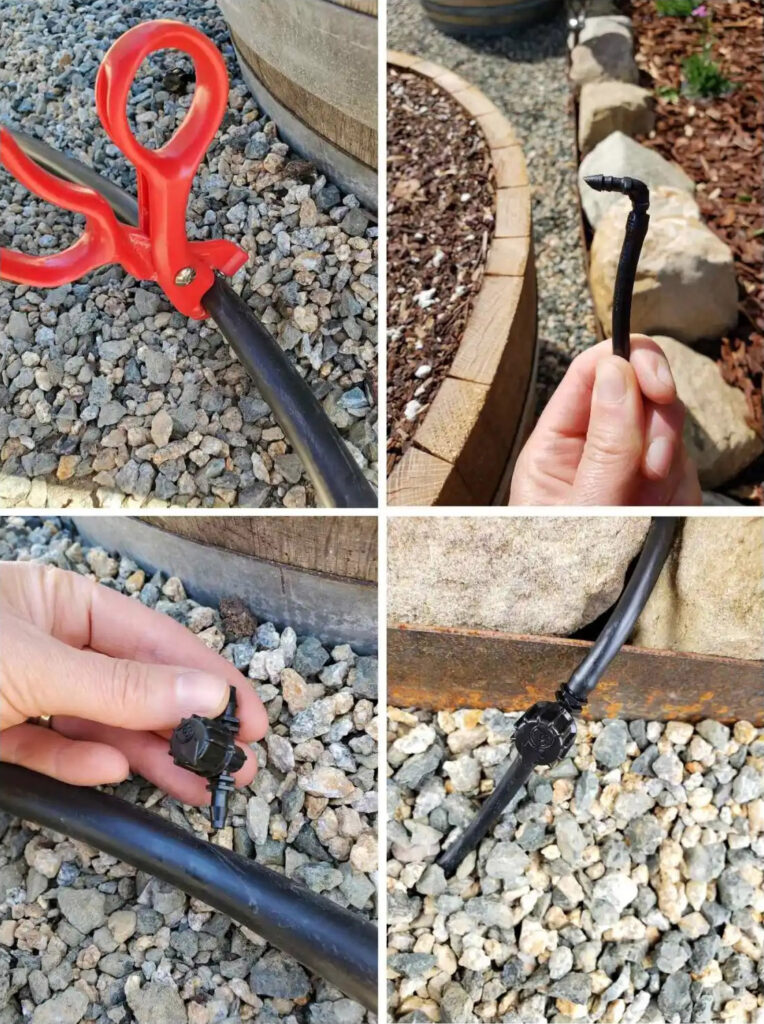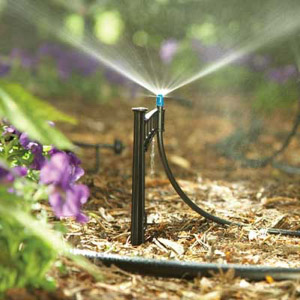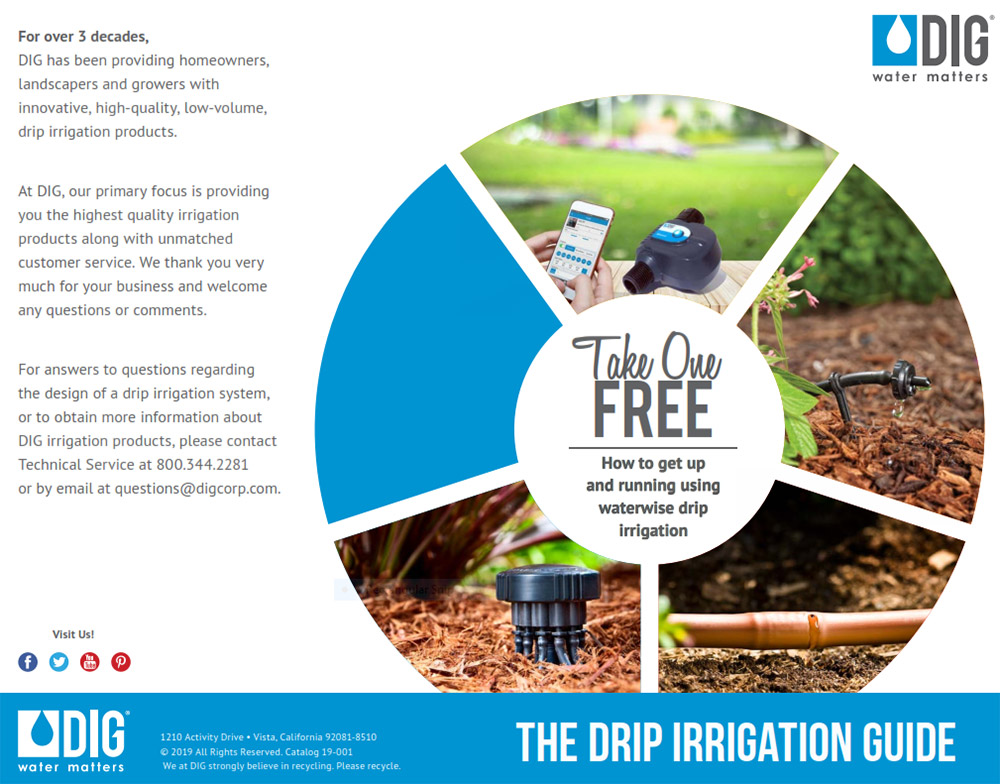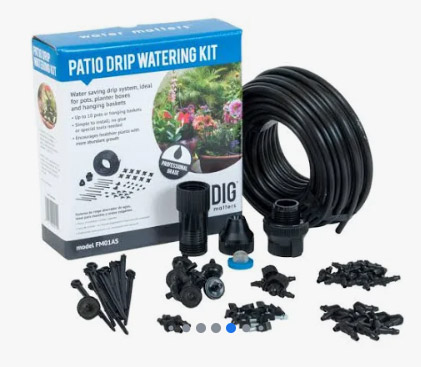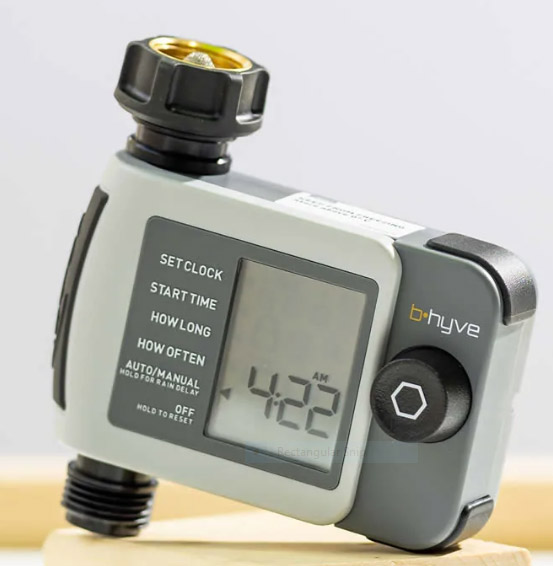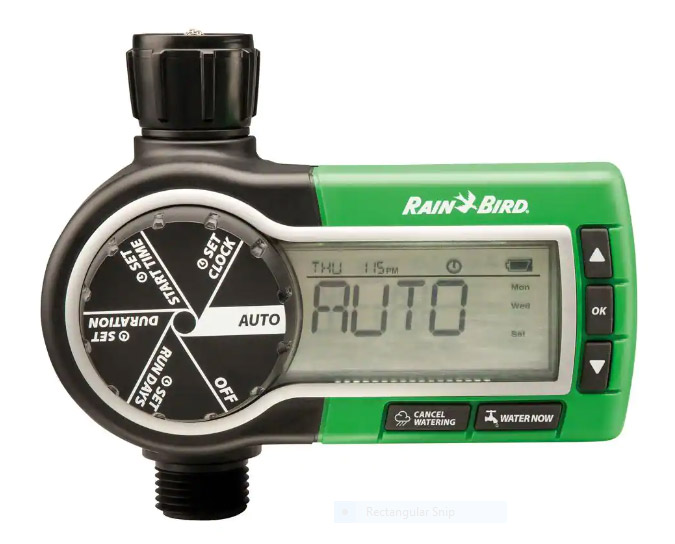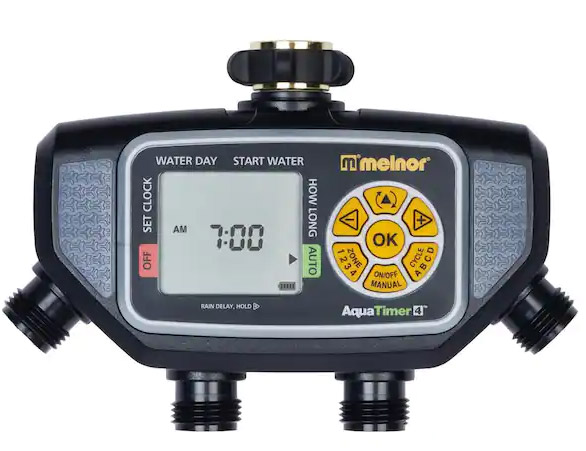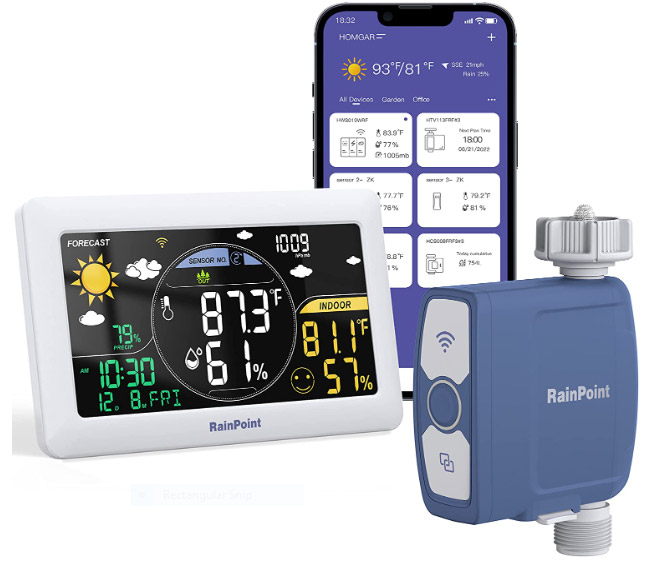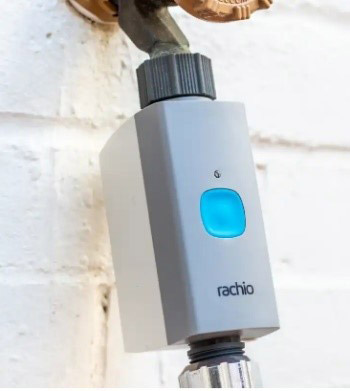Drip Systems & Soaker Hoses
What is Drip Irrigation?
Drip irrigation, also known as trickle irrigation, is the method of irrigating plants where the water is directly applied or allowed to ‘drip’ to the roots of the plants. This can be done from above or below the surface of the soil. This irrigation method saves nutrients and water since water is supplied to the plants through long tubes with small holes known as emitters that release water directly to the roots of the plants. Water is not applied to the leaves of the plants, which is better for plant health. Drip irrigation applies water slowly and prevents the loss of nutrients due to runoff and overwatering. Drip irrigation needs to run longer, but not as often. The frequency of drip irrigation will vary depending on the season.
Where can Drip Irrigation be used?
Drip systems are ideal for trees, hedges, shrubs, flowers, pots, vegetable gardens, perennial gardens, and areas with uneven ground.
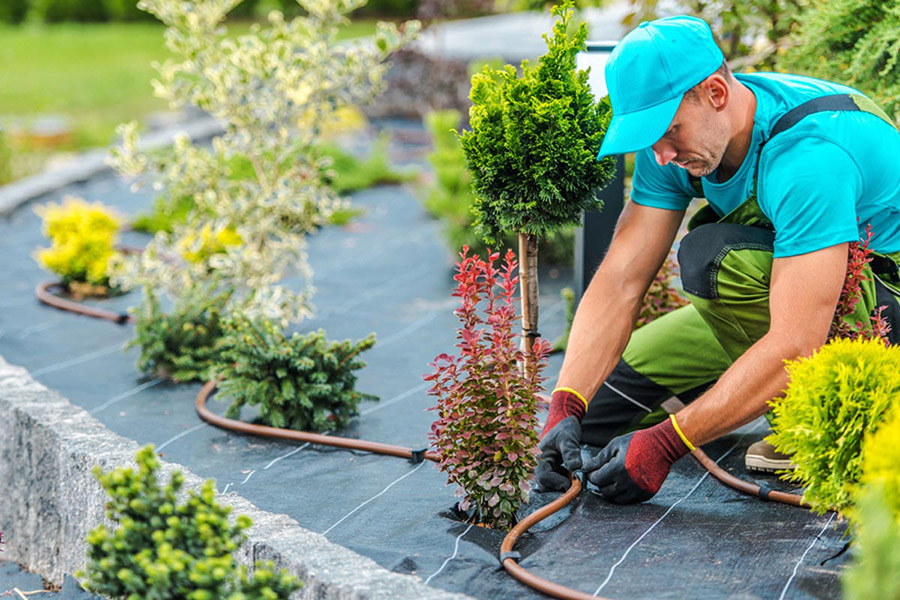
What are the benefits of using Drip Irrigation?
- It uses water efficiently and does not waste water due to excessive irrigation.
- The plants are healthy since the water is applied to the roots directly and deeply.
- It prevents soil erosion and loss of nutrients due to runoff.
- It is easy to install and does not require excavation or other complex procedures.
- Overwatering plants encourages weeds and diseases, and drip irrigation prevents that with precise deep watering.
- Drip irrigation systems are flexible and can be installed in different areas like containers, differently shaped garden beds, and in raised beds.
- Drip irrigation systems also have minimum water loss due to evaporation and overspray.
- The connection for drip lines can be provided directly through the hose spigot eliminating the need to cut into the home line.
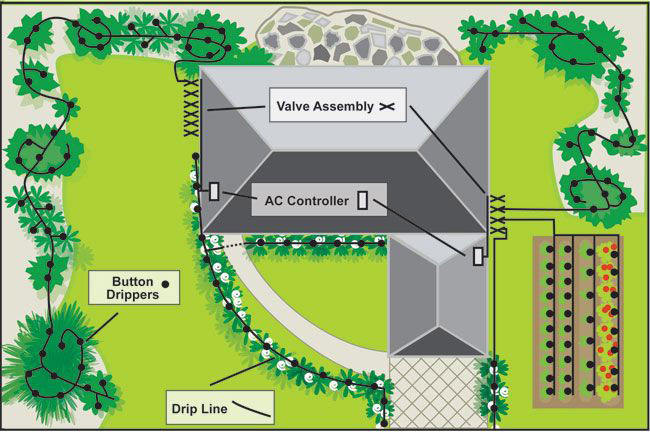
What are the risks of using Drip Irrigation?
- Drip irrigation tubes run along the ground, and this can lead to a risk of tripping over them and falling when you are working in the landscape. The tubing should be staked to the ground to minimize this risk.
- The tubes can also be damaged when they are stepped on or when they are run over with a mower or a tiller. In extreme heat, the tubing also begins to break down due to constant sun exposure.
- If drip irrigation systems are not installed correctly, you will face the risk of your plants drying out due to ineffective watering.
What are the different types of Drip Irrigation? There are four main types of drip irrigation systems.
Porous Pipe Drip Irrigation System (Soaker Hose)
The porous pipe drip system is also known as the soaker hose or drip hose irrigation system. These pipes are made from recycled car tires and are laid across the area that needs to be watered. When the spigot connecting the pipe is turned on, the water flows into the pipe and then is slowly released into the garden area through the pores in the pipe. This type of drip irrigation can be used to water small areas like flower beds and vegetable gardens. The benefit of using this soaker hose is that it can be easily moved from one location to another, and it is highly durable.
Emitter Line Drip Irrigation System
The emitter line drip irrigation system is one of the most commonly used types. In this method, pre-installed tubes water the area through emitters that are evenly spaced (about 15 inches apart) along the length of the tubes. These pipes are easy to install and can be used in both smaller areas like garden beds and larger areas like lawns, unlike soaker pipes which can only be used in small areas. Also, the risk of clogging is lower with an emitter line drip irrigation system compared to soaker pipes. Since these are pre-installed tubes, they cannot be moved like the porous pipe and can only be used to irrigate the area they are installed in.
Punch-in Drip Irrigation System
In the punch-in irrigation system, each emitter hole is to be hand punched in the tubing and then the emitters are fixed in these holes. This feature makes the punch-in drip irrigation system more customizable than the soaker hose and emitter line drip irrigation systems. This is because emitters can be placed anywhere along the length of the tubing, according to your convenience. Some emitters come with self-piercing barbs that add to the convenience of their placement. When a hole is not required anymore, it can be easily closed using goof plugs.
Micro-misting Drip Irrigation System
Micro-misting, drip irrigation system is a combination of a regular drip irrigation system and a traditional sprinkler system. Like drip irrigation, micro-misting irrigation systems also apply water at low water pressure, but instead of applying water in drops, a micro-misting irrigation system applies water as a fanlike spray. These are suitable for large areas that need constant moisture and therefore are mostly used to irrigate orchards and vineyards. They differ from soaker hoses, emitter lines, and punch-in irrigation systems in the aspect of water conservation as they are prone to water loss due to evaporation, just like overhead sprinklers. They are usually installed on risers, but these risers are non-retractable, and therefore micro-misting irrigation systems cannot be used on lawns.
Drip Irrigation Starter Kits
Drip Irrigation Starter Kits contain everything you will need to install the drip system and can be automated with a hose timer or irrigation controller. Drip Kits come in various sizes (small, medium, large) and types such as:
Here are some DIY Resources for drip irrigation kits
Hose timers are essential to manage watering schedules and conserve water when using soaker hoses and hose-based drip irrigation systems.
Clock Based Hose Timers come in manual and battery operated electronic models. Timers range from 1-4 hose ports. There are many options. Here are just a few examples:
Weather Based Hose Timer: A Smart Hose Watering Timer with Wi-Fi will save you water, money, and time. Connect via smartphone for maximum watering control over each zone of your lawn or garden. The SMART hose timers collects online weather data to optimize water usage.
Videos: Drip Systems and Soaker Hoses
The 3 main different types of drip irrigation and when to use them. Sprinkler Pros 6:25
How To Install A Drip Irrigation System | DIY Drip Irrigation System .Dee’s Yard 21:59
How to Install a Cheap Drip Irrigation System | Black Gumbo. Steve Head 10:36
All About Drip Irrigation! 💧 :: The Basics, Set Up, and Maintenance! :: Plus, Some Tips and Tricks! 💧Dig Plant Water Repeat 33:23
How to Install Soaker Hoses on Drip Irrigation in Vegetable Garden. In the Garden 9:46
How to install soaker hose and timer. Riley’s Garden 12:07
